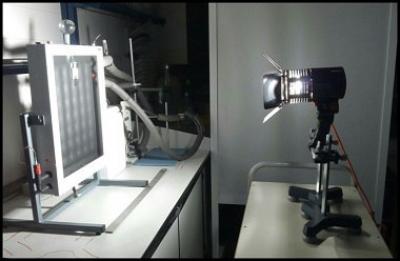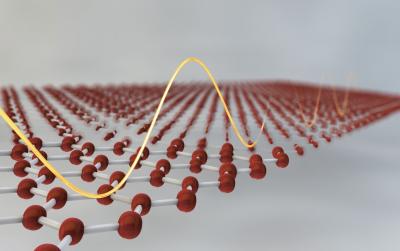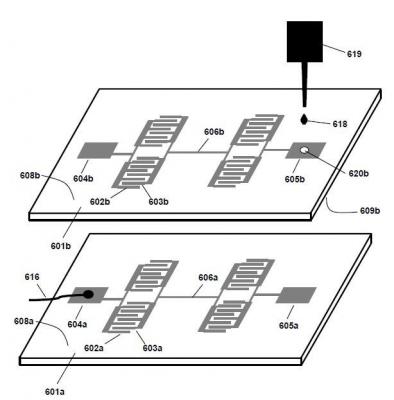Spray-on graphene-based coating for improved desalination membranes
An international group of researchers, including scientists from Shinshu University in Japan and Penn State’s ATOMIC Center, created a graphene and graphene oxide-based coating for desalination membranes which are said to be more scalable and sturdier than current nanofiltration membrane technologies available.
The result of this creation would hopefully be a filter for clean water solutions, protein separation, wastewater treatment, as well as pharmaceutical and food industry applications. This membrane uses a simple spray-on technology to coat a mixture of graphene oxide and graphene in solution onto a backbone support membrane of polysulfone that is modified with polyvinyl alcohol. The team reports that even in the early stages of the development of the membrane, it can already reject 85% of salt, which is sufficient for agricultural purposes, and 96% of dye molecules.







